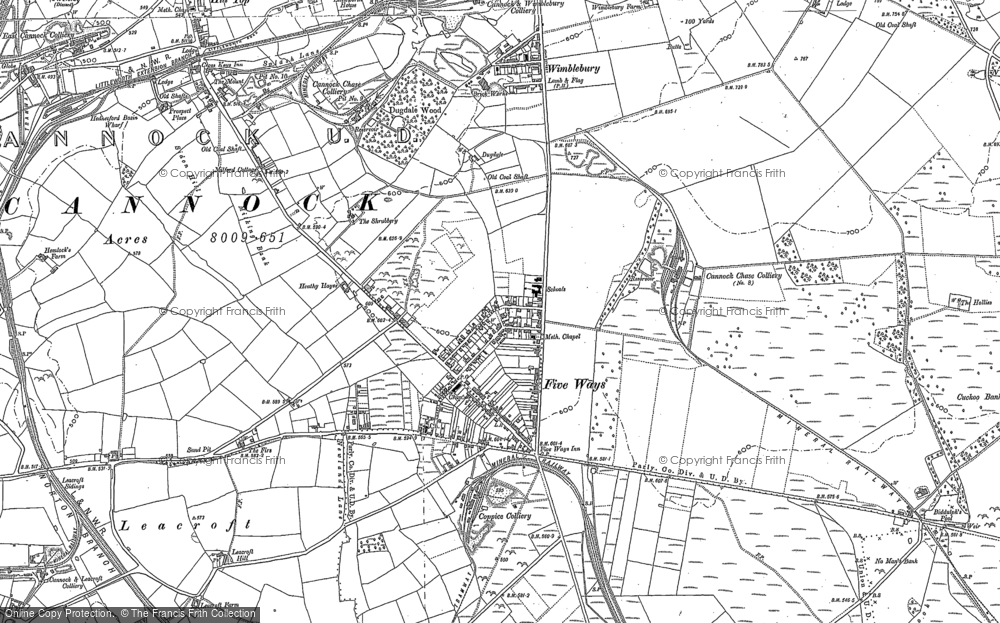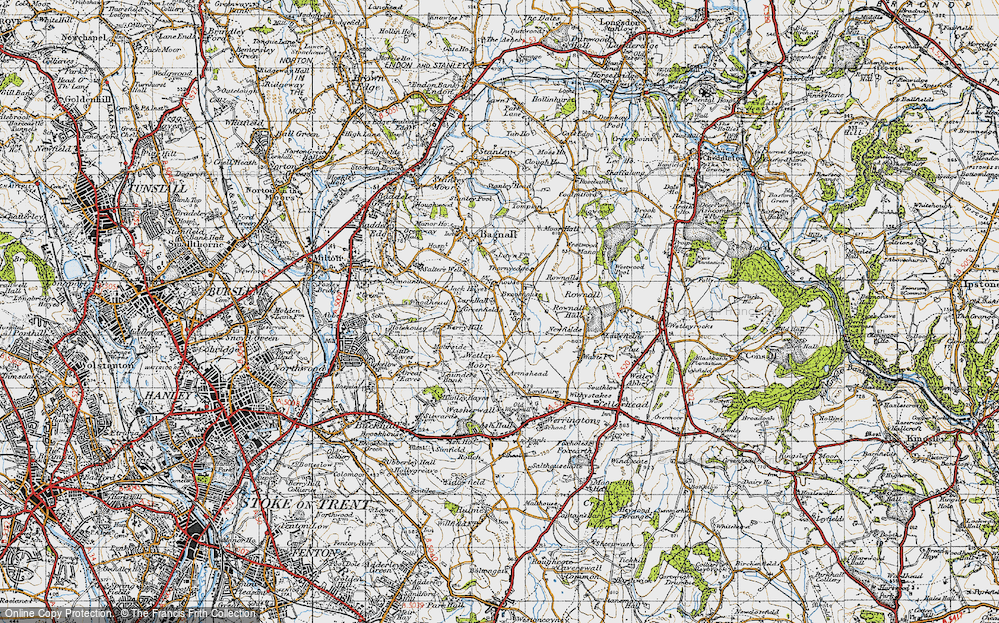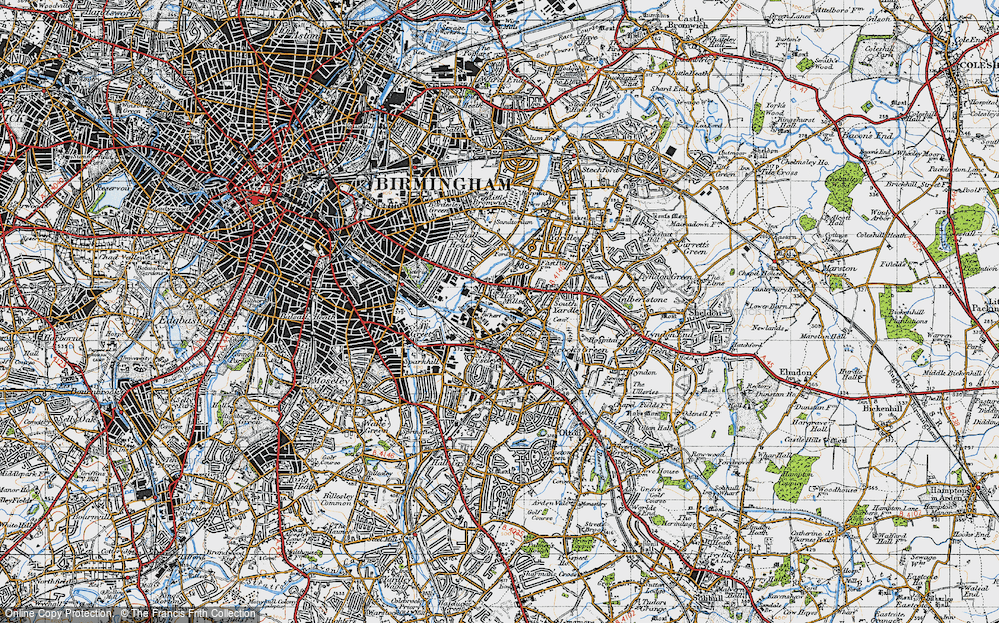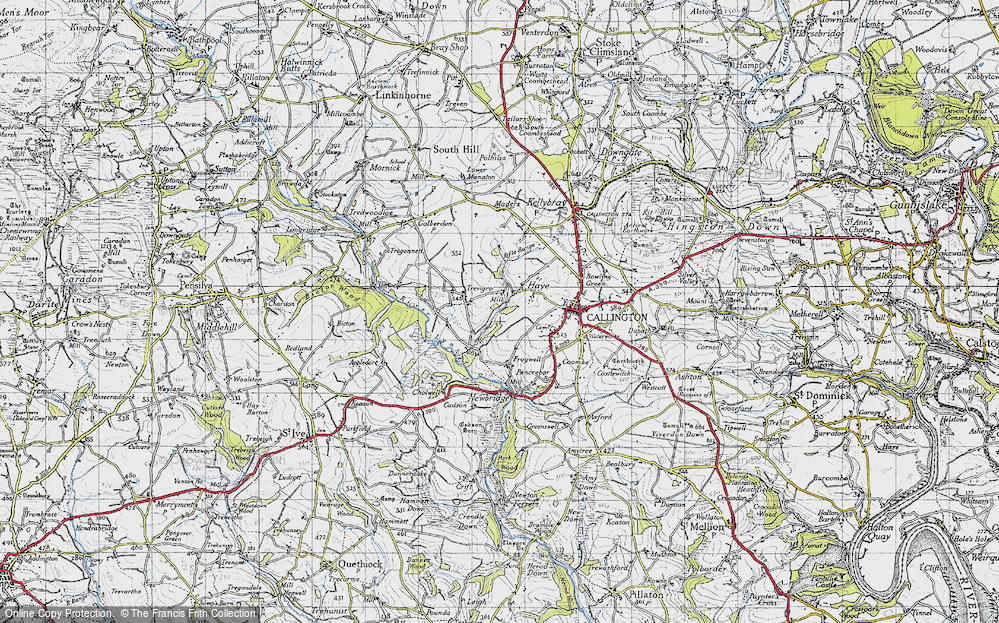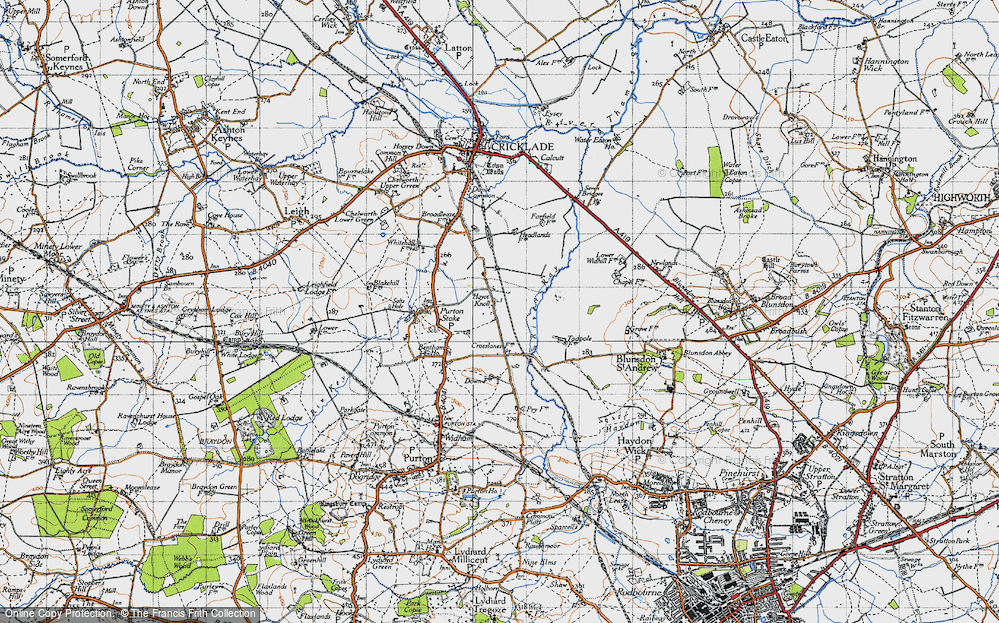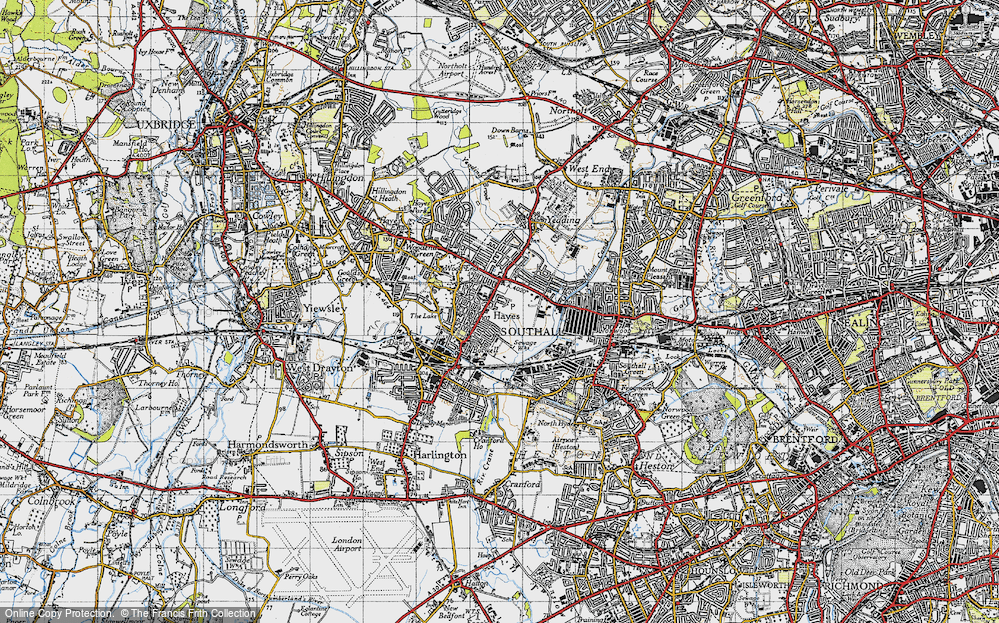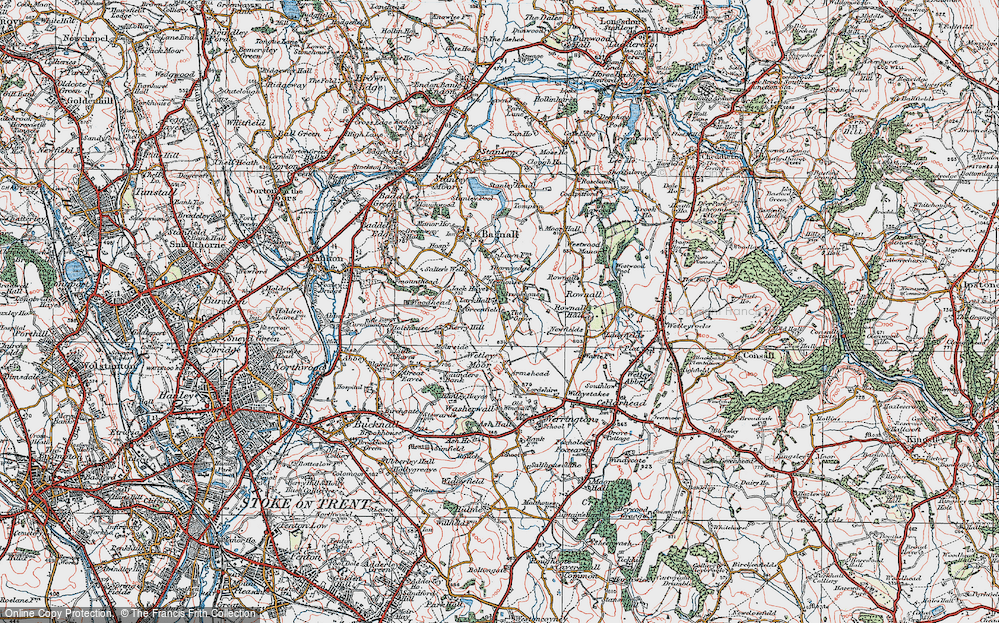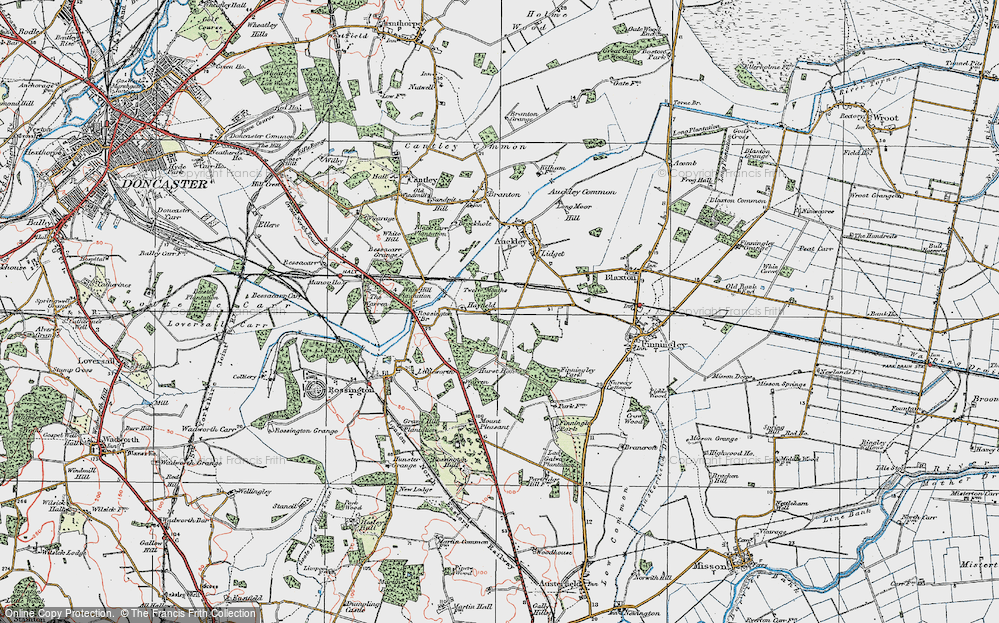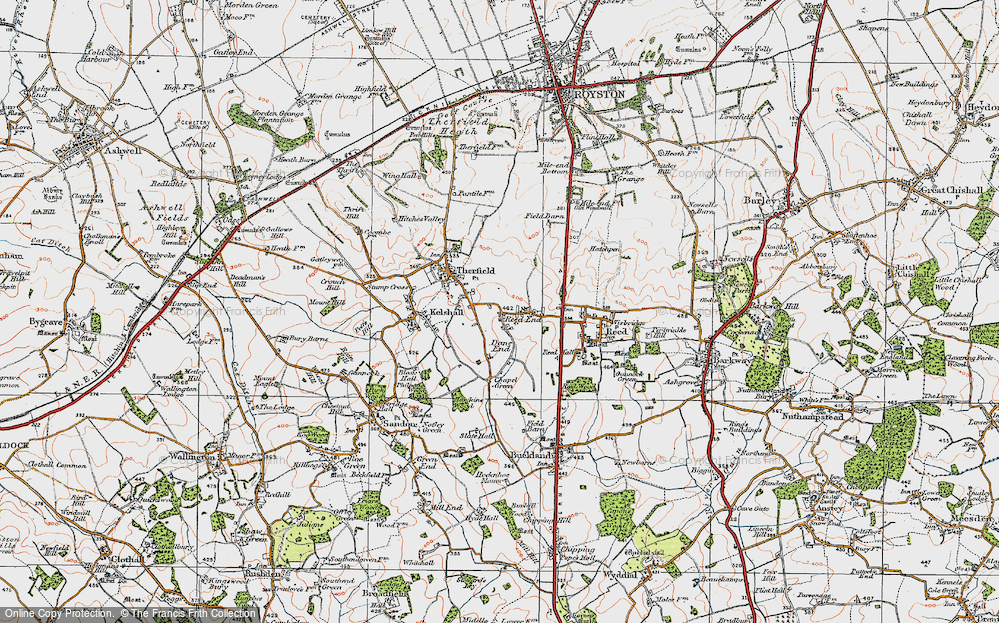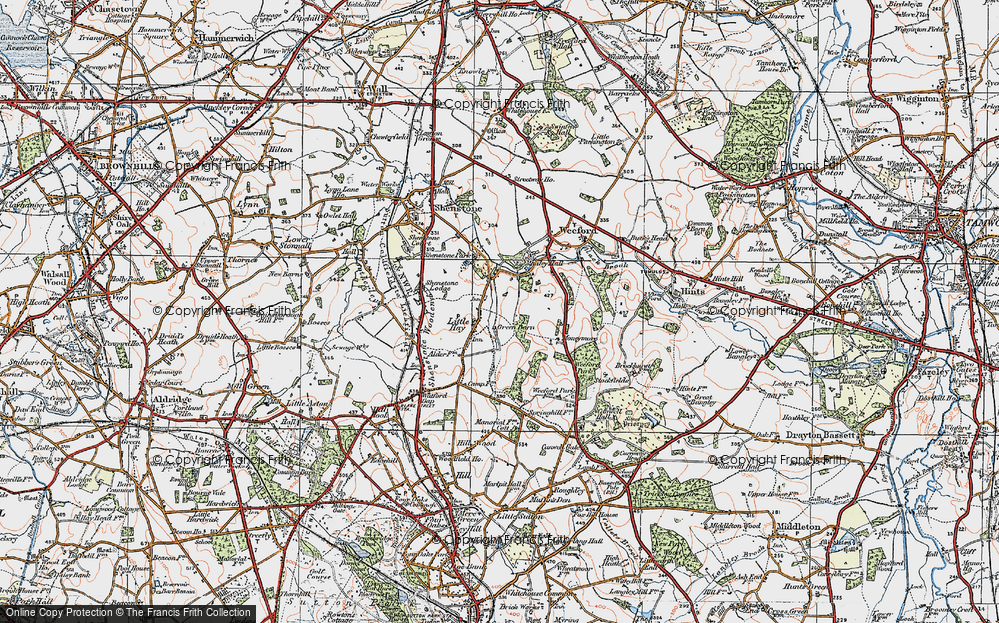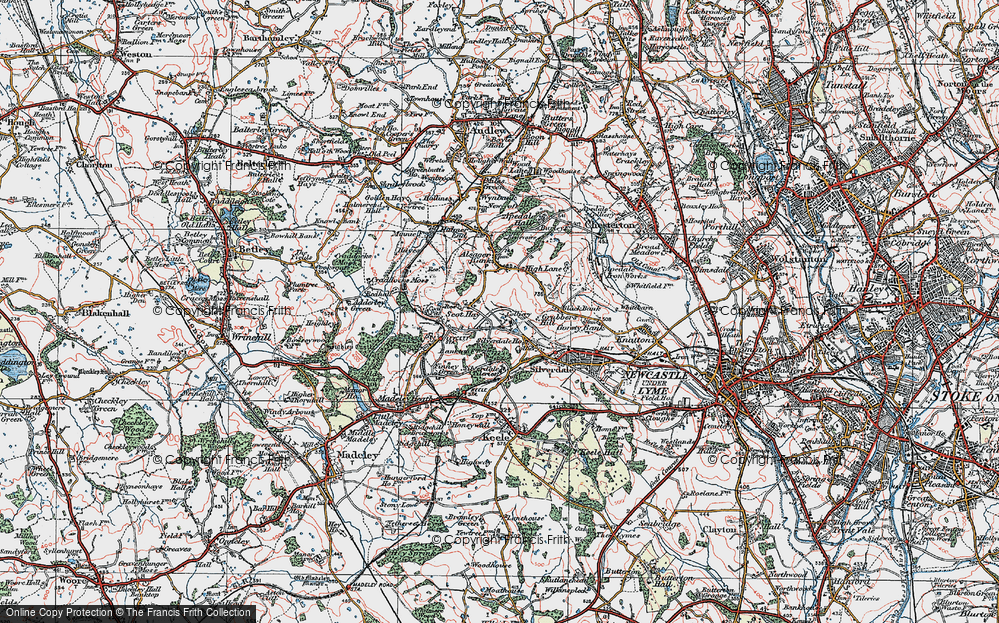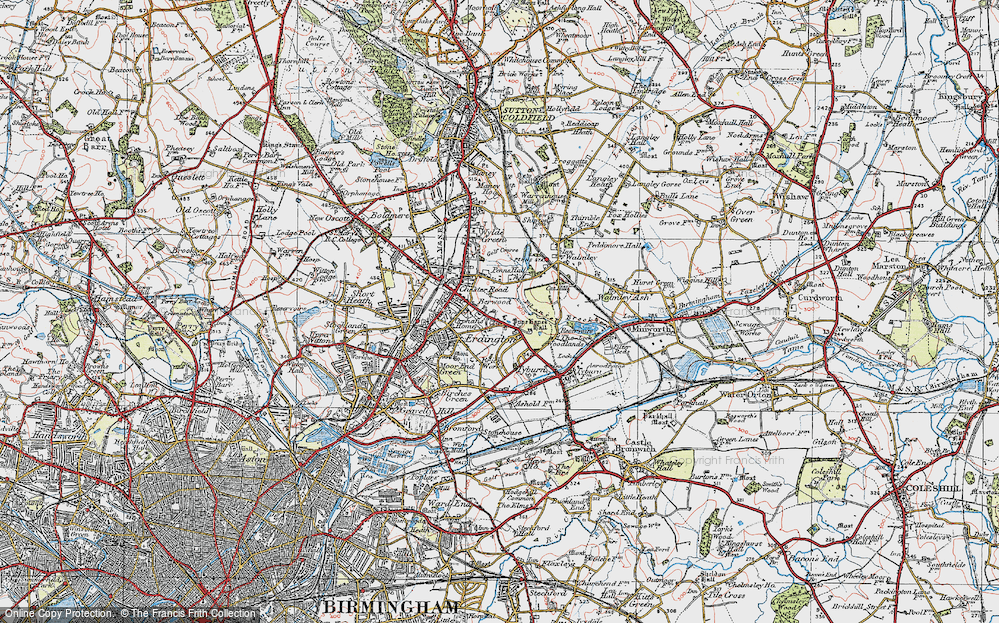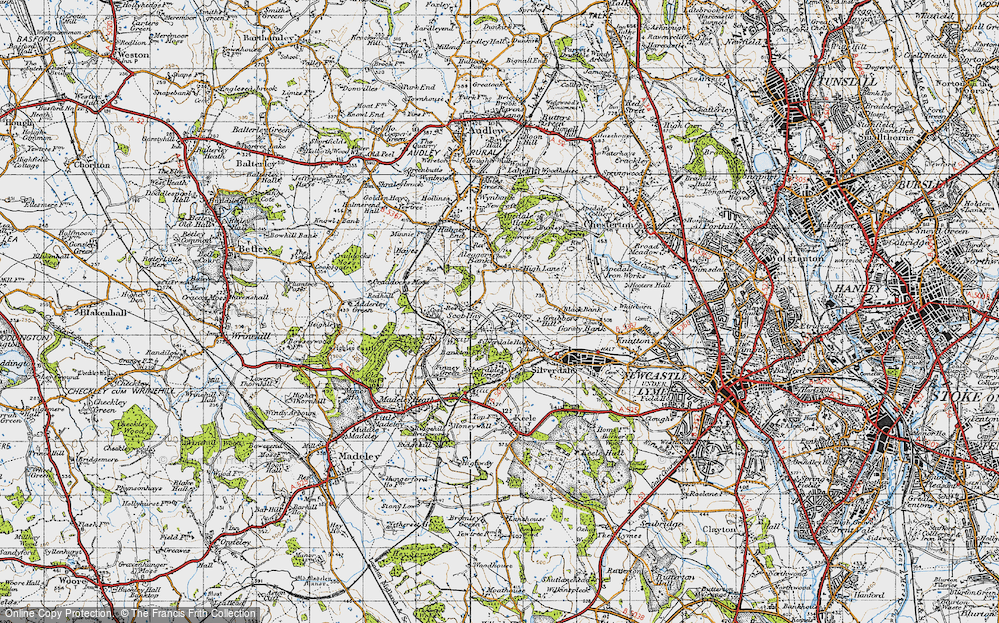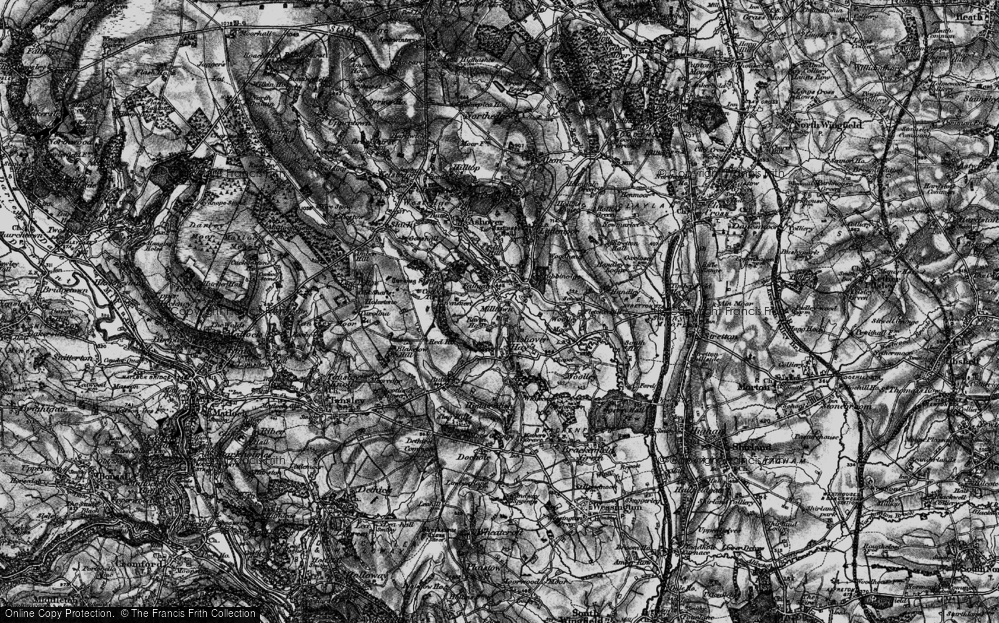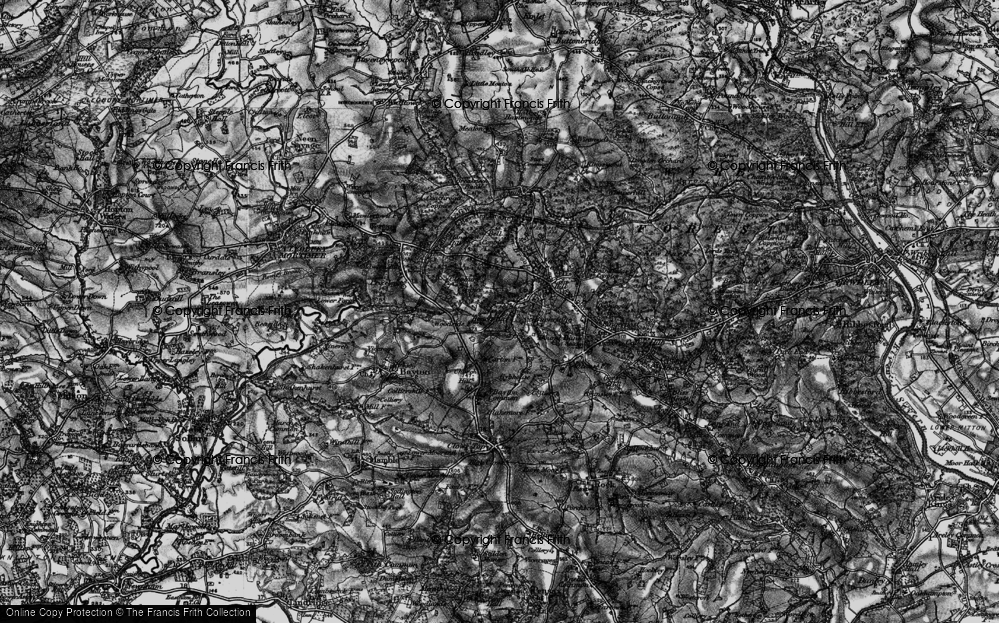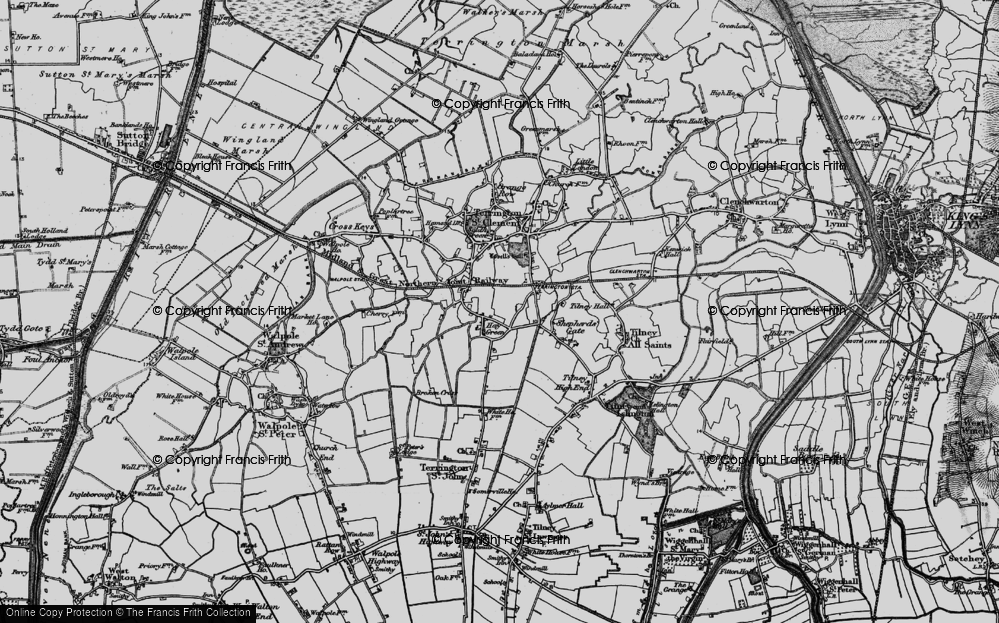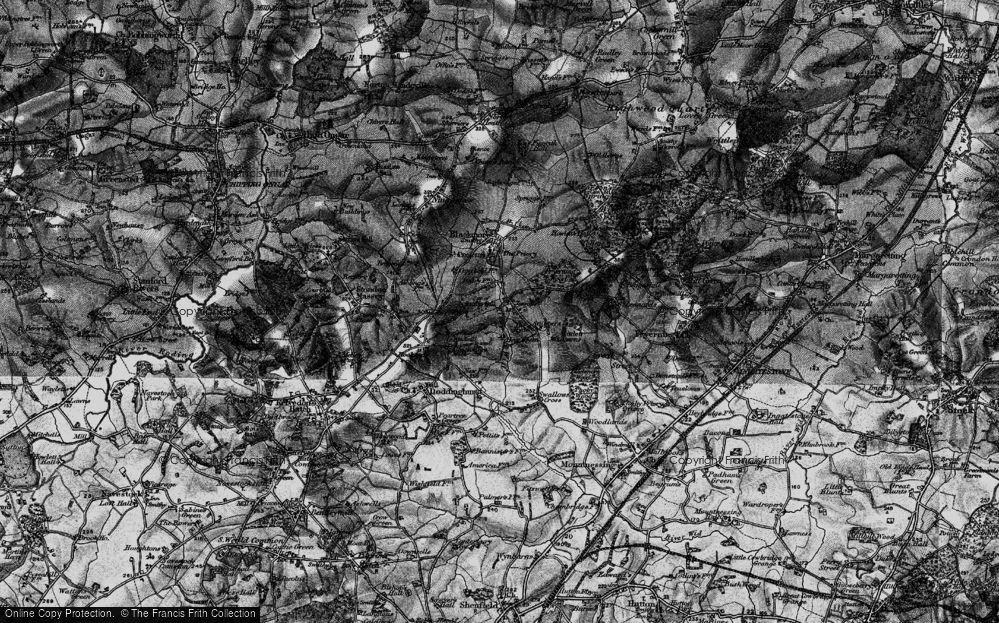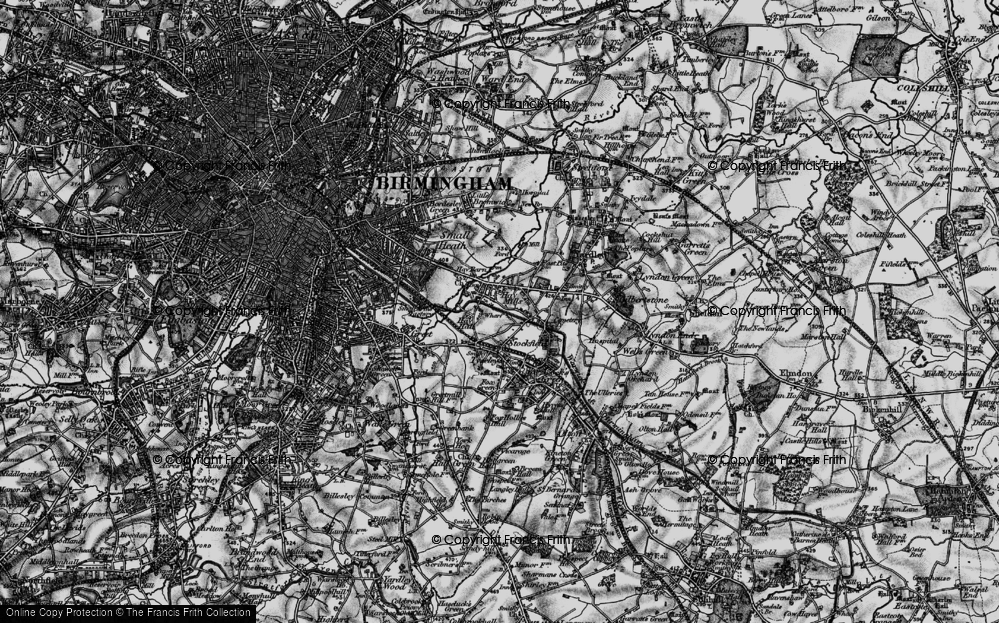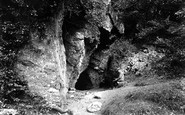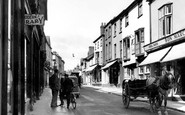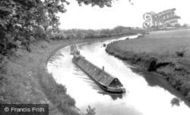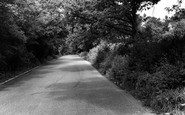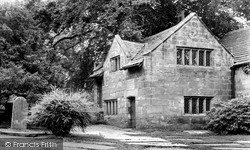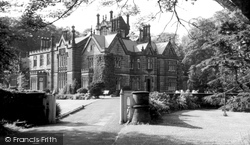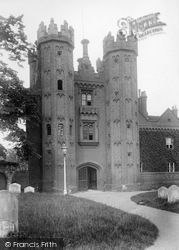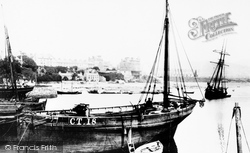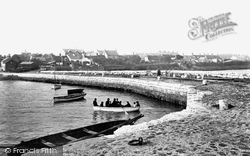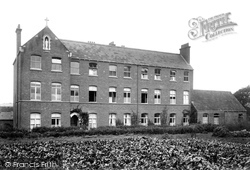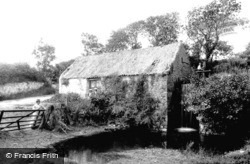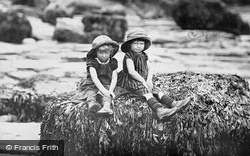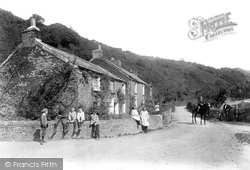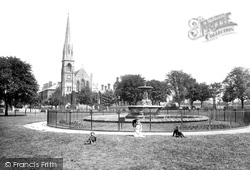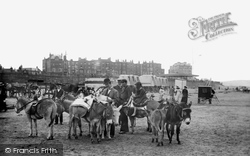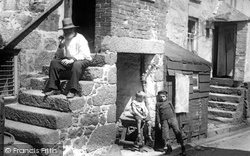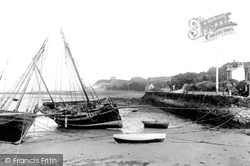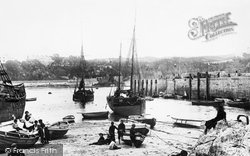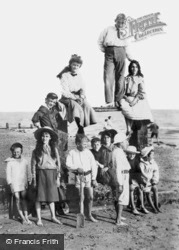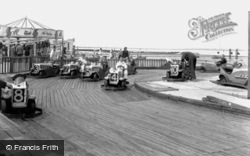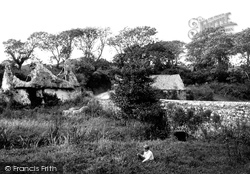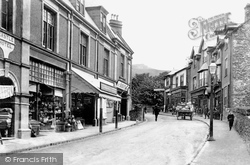Places
2 places found.
Those places high-lighted have photos. All locations may have maps, books and memories.
Photos
6 photos found. Showing results 21 to 6.
Maps
69 maps found.
Books
1 books found. Showing results 25 to 1.
Memories
3,878 memories found. Showing results 11 to 20.
Walks
Brockworth oh Brockworth, what a lovely village! I grew up there and my dad used to take my brother Melvyn and I for walks up the hill. Castle Hill and Coopers Hill. I remember walks from 1975 onwards, especially on the lower slopes of ...Read more
A memory of Brockworth in 1975 by
A Little Bit Of Chudleigh History
When a boy, my father, Donald William Stevens, used to show visitors through the Pixie caves for 1/2d per person, with the light from a candle for illumination. After WWII he followed in his father's (William ...Read more
A memory of Chudleigh by
Reedham Orphanage
My father died just before I was born and my mother had to put my brother and I into Reedham orphanage. I was still on a potty as I remember complaining that I was now old enough to go on the toilet and have some privacy. I ...Read more
A memory of Purley in 1956 by
Before School
Mr & Mrs Potter managed Bon March shop and they had two young boys, Robert and Edmond. My mum, Edna Griffiths, helped to look after the children and, being pre-school age, I used to go along with her. Mrs Potter used to bring us ...Read more
A memory of Kington in 1955 by
Australians On The Cut 1975
Having left Australia on an open-ended working holiday to England in January, 1974 with my girlfriend, it was hard to imagine that within six weeks of arriving in London we'd be living on a leaky old narrow boat ...Read more
A memory of Leighton Buzzard in 1975 by
My Memories Of Broadstone
My earliest memories of Broadstone stem from about 1937 when I was five years old. We lived in Southbourne at the time and frequently went to Broadstone at weekends to visit my "aunt Flo" and her family who lived at ...Read more
A memory of Broadstone by
Childhood
My father came to Townsend Farm as the tenant in Sept 1940. The farmhouse is shown on the left in the picture titled Townsend. At that time I was only 15 months. My earliest memories are of the later war years. We had evacuees ...Read more
A memory of East Quantoxhead in 1940 by
Old Redding Both Famous And Notorious !
Old Redding is a hilly rural lane connecting Hatch End with Harrow Weald. It is notorious for its connection with The Grimsdyke Hotel where Gilbert of Gilbert and Sullivan fame met his death in a drowning ...Read more
A memory of Hatch End in 1963 by
My Early School Years In Mill Hill 1943 1950
I have few memories of my primary school which was in a private house in Croft Close a turning off of Marsh Lane, but I do remember being very happy there. This was during the latter war years. ...Read more
A memory of Mill Hill by
Moat Mount Youth Fc.
Not long after the completion of Worcester Crescent and Bedford Road, the construction of Ramillies Road I had acquired a large number of new friends, all boys. My parents had moved from Woodford Essex to 52 Worcester Crescent ...Read more
A memory of Mill Hill by
Captions
516 captions found. Showing results 25 to 48.
On the left, two boys in sailor suits talk to their mother; further on a boy with baskets delivers fish or bread; ladies promenade, and the carriages move slowly back and forth.
Built in St Mary`s churchyard in the late 17th century with an endowment from Thomas Deane de Parke, this building educated the village boys until early last century.
In July 1929 the 423 acre park was turned over to the Boy Scouts for the world's first Scout Jamboree.
Each boy would be required to climb the 150ft high mast from HMS 'Cordelia', and every year, cadets at the passing-out ceremony had to climb the rigging, the pride of place going to the 'button
In 1881 the Peel herring fleet consisted of 309 boats employing 2163 men and boys; the annual catch was worth around £11,000.
It is interesting that the boatman is using an oar on the starboard side, and is watching the effect on the craft as the boy standing with both hands on the port oar takes the strain on the rowlock.
The boys, both day pupils and boarders, worshipped in the Roman Catholic Church in Victoria Grove. The nuns would not allow boys to use their names and instead gave each a number.
The year 1907 is carved in the stone, but this picture was taken the following year when the school opened for 200 secondary age boys and girls.
A man appears to be painting the posts on which the boy was playing in photograph 64564. He is old enough to have been that boy!
Note the lady in her bonnet leaning on the gate, the millrace emptying into the pond and the hopeful boy with his net above.
The boys, both day pupils and boarders, worshipped in the Roman Catholic Church in Victoria Grove. The nuns would not allow boys to use their names and instead gave each a number.
Girls or boys? East side or west side? Twins or not? After the Whitby Gazette was kind enough to publish their picture, we received help from several sources.
Two boys on the left seem to be deliberately avoiding the camera.
A delivery boy sits between two less interested young men.
This view of the donkeys and their handlers, the 'donkey boys', also includes, on the right, the portable darkroom used by Frith's photographer. Behind is a row of bathing machines.
Here a local fisherman enjoys a quiet pipe on the steps and two local boys lounge at the entrance to the fish cellar where pilchards were processed, or 'cured'.
It is interesting that the boatman is using an oar on the starboard side, and is watching the effect on the craft as the boy standing with both hands on the port oar takes the strain on the rowlock.
Rooted here by their connection with the sea, the people living in the harbour were a separate population from the rest of the town, and a visitor to Tenby noted that 'in town boys are
The older girls do not seem to have what might be termed 'holiday clothes', and one boy appears to be in school uniform complete with cap - but they are obviously enjoying themselves.
A horse looks with interest at the two little boys in the road. The old road to Camelford and beyond, later becoming the A39, climbs steeply up Gonvena Hill from the bridge.
Judging from the picture, these cars were definitely big boys' toys. The cars rattled and juddered around the circuit, and on hot days there was always the pervading smell of burning oil.
Note the stone bridge, tumbledown building and the solitary boy in the foreground.
The Leys was founded by Methodists as a boys' school run on Christian principles.
A small boy in uniform wanders towards us, and the shop fronts entice us to look closer to spot familiar goods.
Places (2)
Photos (6)
Memories (3878)
Books (1)
Maps (69)



